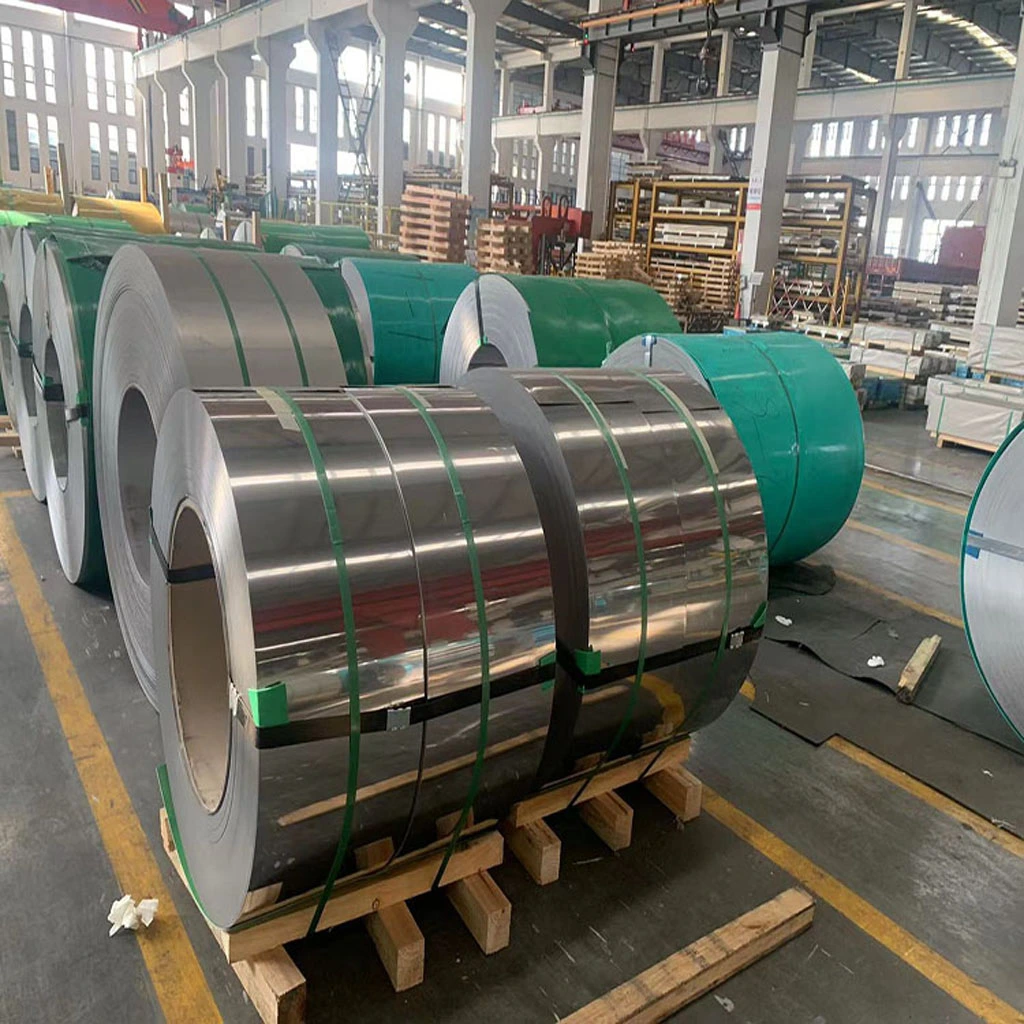What is 317 stainless steel?
2023-06-12
What is 317 stainless steel?
317 stainless steel is a type of austenitic stainless steel alloy that is highly resistant to corrosion and possesses excellent strength at elevated temperatures. It is primarily composed of iron, with significant amounts of chromium, nickel, and molybdenum, which impart its exceptional corrosion resistance properties. The addition of molybdenum enhances its resistance to pitting and crevice corrosion, making it particularly suitable for use in harsh environments involving exposure to chemicals, acids, and chloride-containing solutions. The high chromium content provides the alloy with outstanding resistance to oxidation and scaling at high temperatures, making it an excellent choice for applications requiring elevated heat resistance. Additionally, 317 stainless steel offers good formability and weldability, making it versatile for various fabrication processes.
Chemical composition of 317 stainless steel
The chemical composition of 317 stainless steel typically includes the following elements:
Chromium (Cr): 18-20%
Nickel (Ni): 11-15%
Molybdenum (Mo): 3-4%
Iron (Fe): Balance
Carbon (C): 0.08% maximum
Manganese (Mn): 2% maximum
Silicon (Si): 0.75% maximum
Phosphorus (P): 0.045% maximum
Sulfur (S): 0.03% maximum
Nitrogen (N): 0.10% maximum
These percentages are approximate ranges and may vary depending on the specific manufacturer or standard used. It’s always recommended to refer to the specific material specifications or consult with the manufacturer for precise composition information.
What are the mechanical properties of 317 stainless steel?
The mechanical properties of 317 stainless steel can vary depending on the specific heat treatment, manufacturing process, and other factors. However, here are the typical mechanical properties of annealed 317 stainless steel:
Tensile Strength: 515 MPa (75,000 psi) minimum
Yield Strength: 205 MPa (30,000 psi) minimum
Elongation: 35% minimum
Hardness: Brinell hardness of approximately 95 (HB)
It’s important to note that these values are approximate and can vary based on the specific material and processing conditions.
What are the physical properties of 317 stainless steel?
Density: The density of 317 stainless steel is typically around 7.98 g/cm³ (0.288 lb/in³).
Melting Point: The melting point of 317 stainless steel is approximately 1370-1400°C (2500-2550°F).
Thermal Conductivity: The thermal conductivity of 317 stainless steel is relatively low, ranging from about 14.6 W/m·K at room temperature.
Electrical Resistivity: The electrical resistivity of 317 stainless steel is around 0.75 μΩ·m at room temperature.
Magnetic Properties: 317 stainless steel is generally considered non-magnetic in the annealed condition. However, it can exhibit some degree of magnetism when cold worked or when exposed to high temperatures.
Coefficient of Thermal Expansion: The coefficient of thermal expansion for 317 stainless steel is approximately 16.5 µm/m·K (9.2 µin/in·°F) in the temperature range of 20-100°C (68-212°F).
Specific Heat Capacity: The specific heat capacity of 317 stainless steel is typically around 502 J/kg·K (0.12 BTU/lb·°F) at room temperature.
These values are approximate and can vary depending on the specific grade and condition of the material.
What are the characteristics of 317 stainless steel?
317 stainless steel possesses several characteristics that make it suitable for various applications. Here are some key characteristics of 317 stainless steel:
Corrosion Resistance: 317 stainless steel offers excellent corrosion resistance in a wide range of environments. It is particularly resistant to pitting, crevice corrosion, and chloride-induced corrosion. This makes it suitable for use in chemical processing, pulp and paper industry, and marine applications.
High Temperature Strength: 317 stainless steel retains its strength and mechanical properties even at elevated temperatures. It has good creep and stress rupture strength, making it suitable for use in high-temperature applications such as furnace components and heat exchangers.
Chemical Resistance: It exhibits excellent resistance to a wide range of chemicals, including sulfuric acid, phosphoric acid, and acetic acid. This resistance to chemical attack makes it useful in industries where exposure to aggressive chemicals is common.
Weldability: 317 stainless steel has good weldability and can be welded using common welding techniques such as TIG (Tungsten Inert Gas) or MIG (Metal Inert Gas) welding. However, it is recommended to use low carbon or stabilized grades of 317 stainless steel to minimize the risk of intergranular corrosion after welding.
Formability and Machinability: While 317 stainless steel is less formable compared to some other stainless steel grades, it can still be readily formed using standard techniques. It can also be machined with the appropriate tools and techniques.
Non-Magnetic: In its annealed condition, 317 stainless steel is generally non-magnetic. This property can be advantageous in certain applications where magnetic interference needs to be minimized.
What are the common applications of 317 stainless steel?
Due to its excellent corrosion resistance, high temperature strength, and chemical resistance, 317 stainless steel finds application in various industries. It is commonly used in chemical processing plants for handling corrosive chemicals and acids, as well as in the pulp and paper industry for equipment exposed to acidic environments. The oil and gas industry also utilizes 317 stainless steel in applications such as heat exchangers, valves, and pipes for its resistance to sulfur-containing environments. Additionally, it is employed in the food processing industry, pharmaceutical industry, and marine applications where resistance to corrosion is crucial. Its high temperature strength makes it suitable for furnace components, boilers, and heat exchangers in power generation plants. Overall, 317 stainless steel is favored in environments where corrosion resistance, strength, and reliability are paramount.
